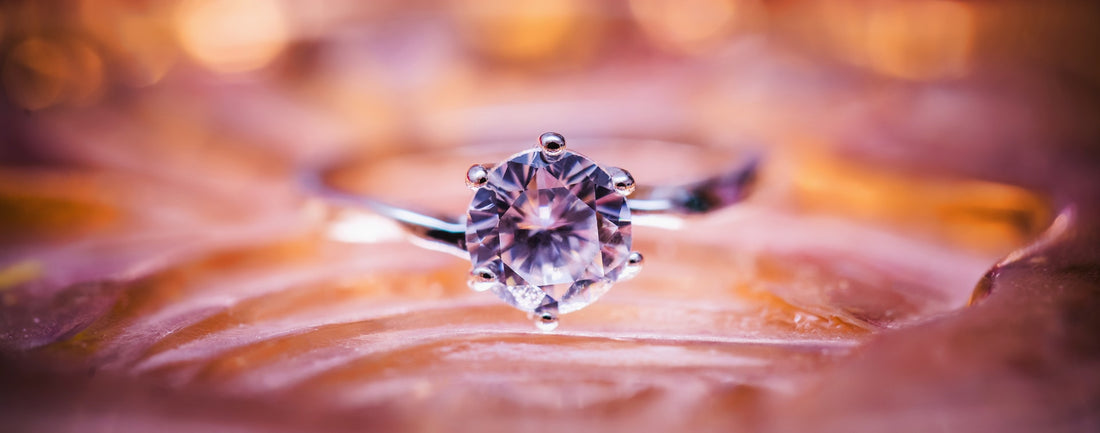
The Best Substitutes to Diamonds in 2020 - TVON Guide
Share
Diamonds may be forever, but they're not for everyone. The popular gemstone is incredibly sought after, especially by folks looking to get married, making its price skyrocket. Anyone who wishes to bedazzle themselves with diamonds must be willing to spring thousands of dollars and maybe even go beyond their budget.
But things haven't always been this way. It was only after World War II that the value of diamonds shot up, primarily because only one entity, De Beers, controls its supply. For over a century, the corporation has monopolized the industry and popularized the concept of giving diamonds to symbolize engagement. Fast forward to today, bestowing your significant other with diamonds has become the norm.
History lesson aside, you shouldn't restrict yourself to diamonds if you want to invest in gemstones. There are other fantastic substitutes out there that are just as beautiful and sparkly, and best of all, cost way less.
Here are some diamond alternatives that are worth exploring:
Lab-Grown Diamonds
If you really want to possess diamonds but find original stones way out of budget, you can settle for their lab-grown counterparts. Although they're created in a lab, they share the same anatomical and aesthetic structure as the real ones. They're also eco-friendly and ethically-sourced, not to mention more cost-effective than natural diamonds.
Moissanite
Discovered by a French scientist named Henri Moissan, these stones came from meteors that had fallen from space, making them extremely rare. They're made from silicon carbide and look similar to diamonds. But since meteors are hard to come by, the moissanite gems in the market today are mostly lab-grown.
Sapphire
Before diamonds took over, white sapphire was considered the most popular gemstone. It measures 9 on the Mohs Scale due to its durability and scratch resistance, only one notch lower than diamonds. What makes it even more appealing is it can come in different colors, including white (if you want a look similar to diamonds), blue, green, pink, and yellow.
Cubic Zirconia
Just like moissanite, cubic zirconia gems are also typically human-made due to their limited supply in nature. They're made from the cubic crystalline form of zirconium dioxide. To the naked eye, it can be difficult to distinguish their difference from real diamonds, making them a worthy alternative.
Quartz
Another famous diamond substitute is the quartz, primarily because it also emits a large amount of light, resulting in a sparkly look — sometimes even sparklier than they actually are. The only noticeable difference it has with diamonds is its glassy feature. However, this gemstone isn't suitable for engagement rings due to its softness. It's quite susceptible to damage.
In Conclusion
There are a ton of beautiful diamond alternatives out there that don't cost an arm and a leg compared to natural diamonds. The examples above don't only resemble the look of the coveted gem, but a handful of them also compete in hardness, making them suitable substitutes.
If you're looking for diamond alternatives in the USA, check out our vast collection.
